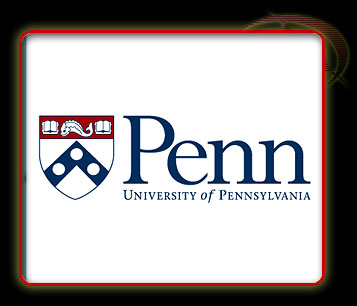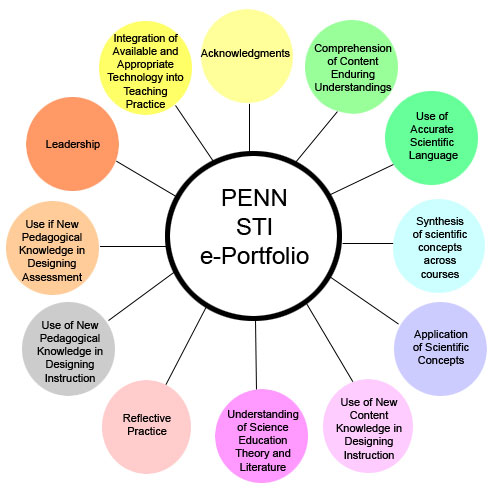This reflection shows how I have grown to have a stronger understanding of important education literature and theory, to demonstrate that I have studied and been significantly affected by some aspect of science education literature and theory as a result of a program course.
WHAT is the evidence? WHY did I choose the evidence? HOW does the evidence show growth?
Before entering the MCE program, I had no previous experience with science education literature. Through my participation in the two education courses Edu536 and Edu636, I have progressively grown to have a stronger understanding of the constructivist nature of learning, specifically the importance of addressing learner preconceptions.
I present 1 piece of baseline evidence from Edu536 and 1 piece of later evidence from Edu636. In comparing my baseline and later evidence, I use a conceptual framework that shows:
- STRONGER UNDERSTANDING OF CONSTRUCTIVISM
& THE ROLE OF PRECONCEPTIONS: My increase in
understanding of constructivism can best be seen
by comparing the progression in my treatment of the constructivist
framework in my research proposal for Edu536 (baseline evidence)
and in selected articles from my
annotated
bibliography for Edu636 (later
evidence). Specifically, I grew to better understand
the role learners' pre-existing
knowledge plays in the process of concept invention. As a
result of a better understanding of constructivism, I also modified my
instruction (See
Reflection 8)
and my assessment practices (See Reflection 9).
CONSTRUCTIVISM is the theory of learning that states that learners continuously reconstruct knowledge networks by comparing and contrasting previously learned information with newly encountered information. In other words, sense is made of new knowledge by interacting with and processing this information in light of prior knowledge. When newly learned information is integrated into the framework with previously learned information, meaningful learning has occurred. To correct naive conceptions, previously held ideas must be explicitly evoked and tested in the context of the new information.
| Baseline Evidence: The constructivist framework in my research proposal for Edu536 MAY 2008 |
|
This baseline evidence represents what I understood of constructivist learning theory from my first exposure to it in Edu536. I reference 3 articles (Johnstone, 1993; Spencer, 1999; and More, 2007), but I did not yet fully grasp the role of preconceptions in determining how students learn. I understood that students constructed their own understanding, and I knew that new information had to fit into "old" information, but I did not fully appreciate the necessity of evoking and addressing preconceptions in the concept invention process. References: Johnstone, A. H. (1983). Chemical Education Research: Facts, Findings, and Consequences. Journal of Chemical Education, 60(11), 968-971. Spencer, J. N. (1999). New Directions in Teaching Chemistry: A Philosophical and Pedagogical Basis. Journal of Chemical Education, 76(4), 566-569. More, M.B. (2007). Terra Firma: “Physics First” for Teaching Chemistry to Pre-Service Elementary School Teachers. Journal of Chemical Education, 84(4), 622-625. |
| Later Evidence: Selected articles from my annotated bibliography for Edu636 MAR 2009 |
|
In contrast, the later evidence shows that I have thought deeply about the constructivist nature of learning and the obstacles that students face in constructing accurate conceptual understandings. The three articles are of particular interest and importance to me because together, they helped catalyze an awareness of the need to specifically assess and address student misconceptions. Through class discussions and the creation of the annotated bibliography in Edu636, I began to think about how all the articles I had been reading fit together. After having read Roth's 2006 chapter on the "aporias of perception" after a professional development on demonstrations, I realized that even excellent (in my eyes), entertaining, and well-thought out instructional practices could fail if they did not adequately address students' pre-existing ideas. The "aporias of perception" that Roth mentions occur when students learn or reinforce ideas that are quite different from the ones the teacher intended to teach and thought were successfully taught. I was shocked by the idea that if I did not not adequately acknowledge the misconceptions or naive conceptual understandings that students bring with them into the classroom, my lesson would be completely would be completely useless in promoting learning objectives. The epiphany brought about by reading Roth's chapter was reinforced by articles I had already read by Nakhleh (1992) and Johnstone (1997). I decided to re-read and re-evaluate the articles written by Johnstone (1997) and Nakhleh (1992). I realized that Johnstone had been stressing the importance of addressing previously learned information, but I had not fully understood what he had meant at that time because I had thought that if a lesson were planned well it would naturally address student preconceptions, whereas I now know that pre-assessment and formative assessments have to be deliberately built into one's lesson plan. |
July 1, 2009

